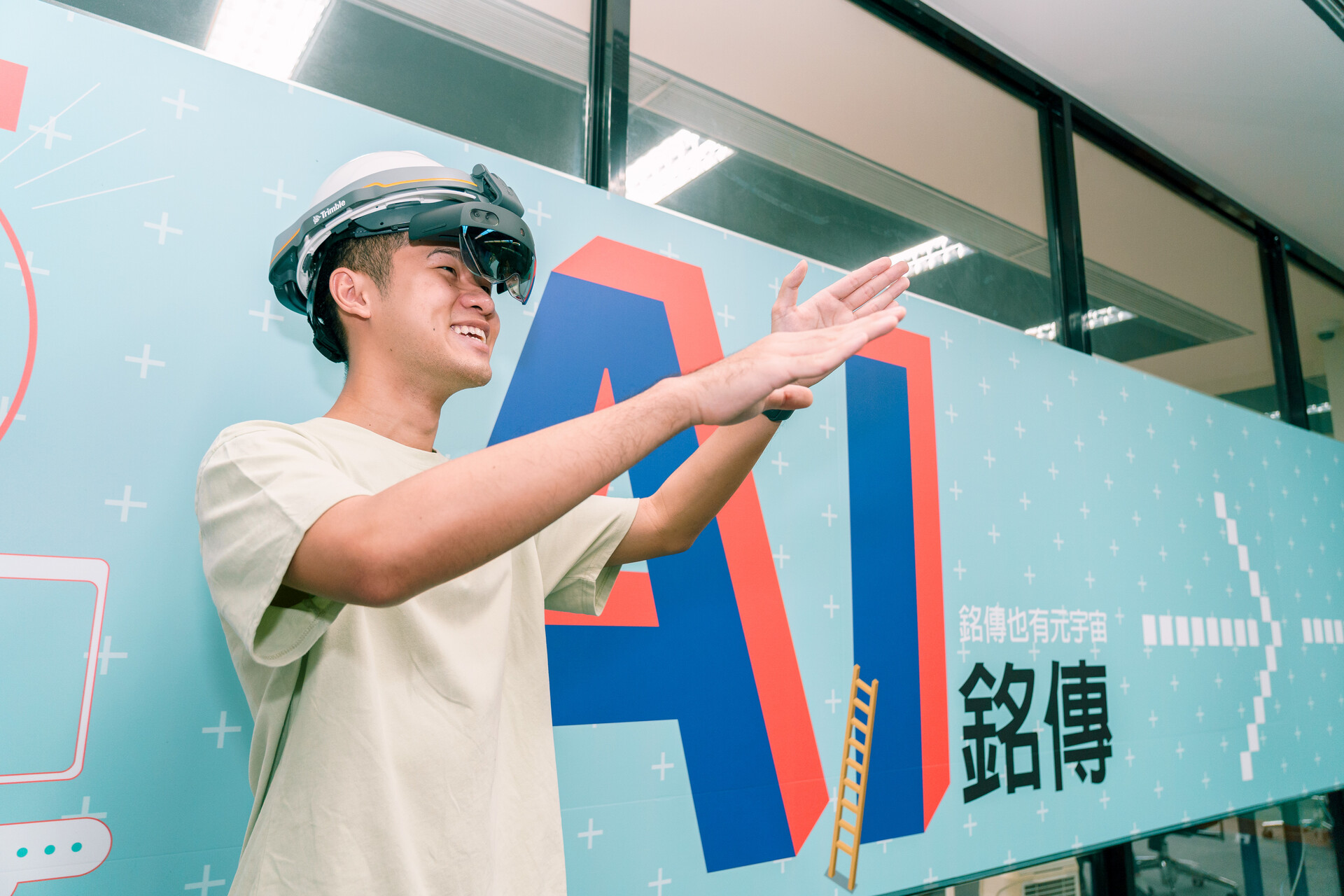Goals and Directions of the Research Center
♦️ Investigate the acquisition of information technology from various perspectives, including technical, economic, social, strategic, and organizational dimensions.
♦️ Establish virtual learning platforms and frameworks by integrating, valuing, and utilizing relevant activities.
♦️ Conduct research on the application of information technology in organizational learning and training.
♦️ Develop synchronous as well as asynchronous virtual systems for professional learning.
♦️ Design multimedia-based teaching materials.
What is Knowledge Management?
Peter Drucker, the father of modern management, predicted in 1965: “Knowledge will replace land, labor, capital, and machinery as the most important production factor.”
After the information boom of the 1990s, the concept of knowledge management began to emerge. It became a system essential for enterprises and organizations to accumulate intellectual wealth and create a competitive edge through both cultural and technological means.
Knowledge management involves the continuous processes of “acquiring, recording, organizing, accessing, and updating” knowledge. It accumulates knowledge externally and internally while optimizing it outwardly to help businesses and individuals make decisions in response to environmental changes.
What is Virtual Learning?
Virtual learning can be synchronous or asynchronous. In a synchronous format, a virtual space simulates a real classroom, where instructors and learners interact in real time.
In an asynchronous format, instructors are not required to be online at a specific time. Instead, they provide materials that learners can access and utilize according to their schedules or plans.
Regardless of the method, the teaching process requires reengineering course materials and incorporating multimedia elements. In the future, with the integration of virtual or augmented reality into education, the need to refresh teaching materials will become even more critical.



